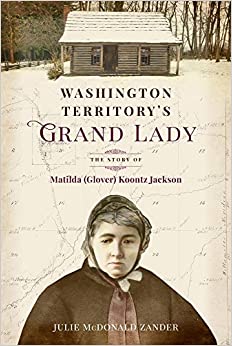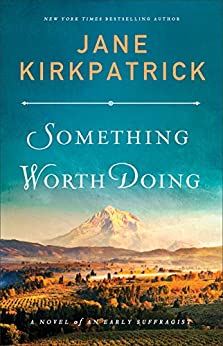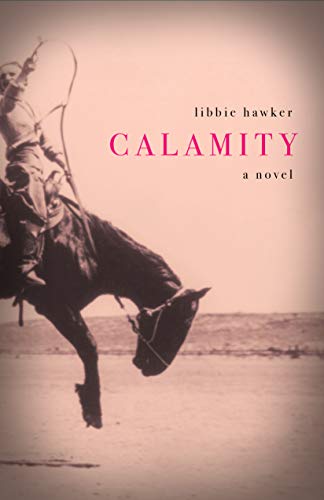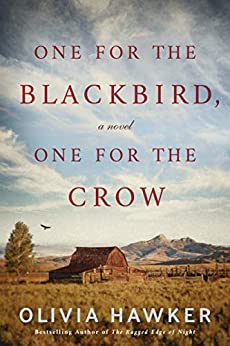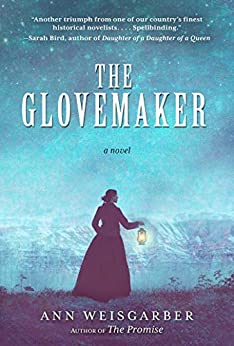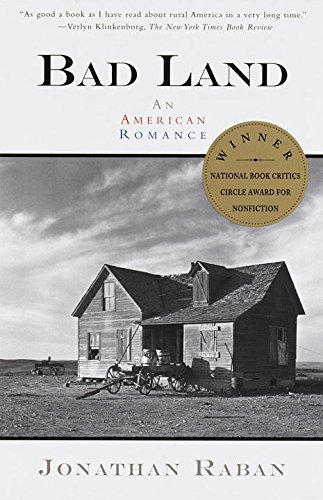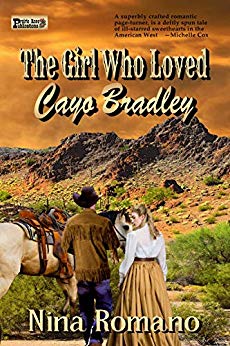
Nina Romano’s historical novel, The Girl Who Loved Cayo Bradley, takes place in the rugged ranchlands of New Mexico in the mid-1800s. Ever since her mother died, Darby McPhee, 16, has taken care of her father and four brothers. She dreams of doing what her mother wanted for her, to become educated. She has an invitation from her aunt, her mother’s sister, who will pay Darby’s way to St. Louis, Missouri, to live with her and get an education. It’s a dream come true.
Darby has been attracted to shy Cayo Bradley, a cowboy who works on a neighboring ranch. Cayo never says much to her, but his attraction is obvious and Darby yearns to hear the words she knows he wants to say.
Cayo’s real name is Connor Bradley. He was abducted as a child and raised by the Jicarilla Apache Tribe. The story covers his years with the Apaches, how he becomes one of them, learning their ways, using the name they give him, Coyote. He eventually leaves the tribe and finds work as a cowhand on a ranch.
As Darby and Cayo become acquainted, they fall in love. Still, Darby feels compelled to get the education she’s always wanted. Their parting is heart-wrenching, but both feel it’s temporary. In just a few years they can be together forever.
Darby loves school and does well, cramming as much education as she can into her busy schedule, yet always dreaming of returning to Cayo. Cayo, on the other hand, is having a tough time of it. He misses Darby; she’s in his every thought. He’s desperate to be with her. Then uncontrollable circumstances threaten to shatter their dreams.
By using flashbacks to Cayo’s previous life and alternating between the two main characters, the author delivers a fast-paced, heart-rending story with compelling and believable characters. I heartily recommend The Girl Who Loved Cayo Bradley, a story that kept me captivated to the end.


